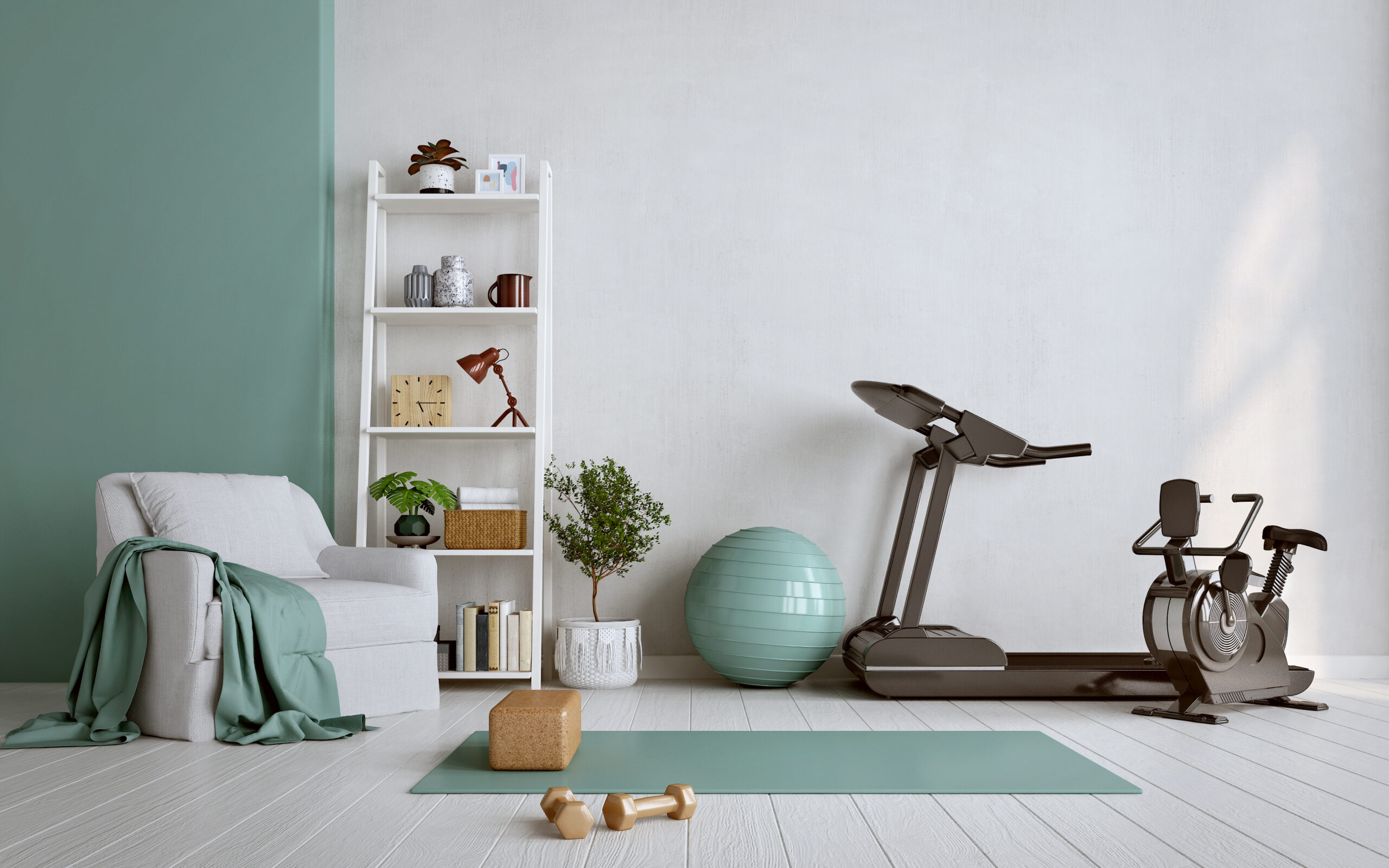Wellness as a Cornerstone of Community Living
When I first started in construction, the goal was simple: provide safe, quality housing for families. Over the years, I’ve come to realize that a home is much more than just walls and a roof. Today’s residents expect neighborhoods that support their overall wellness—physical, mental, and social. Integrating fitness and recreation into housing developments isn’t just a nice-to-have; it’s essential to creating vibrant, healthy communities.
In this blog, I want to share my perspective on why developers should prioritize wellness-focused design and how thoughtful inclusion of fitness and recreational amenities can transform neighborhoods for the better.
The Growing Demand for Wellness-Oriented Communities
Modern homebuyers and renters increasingly seek more than just a place to live. They want access to parks, walking trails, sports courts, and other recreational spaces that promote an active lifestyle. This demand reflects a broader societal shift toward health consciousness and work-life balance.
In my experience developing mobile home parks, apartment complexes, and housing communities, I’ve seen how access to fitness and recreation amenities directly influences resident satisfaction and community engagement. When people can exercise, socialize, and unwind close to home, their quality of life improves—and so does the desirability of the neighborhood.
Physical Health Benefits of Recreation Spaces
Providing residents with convenient access to fitness and recreational facilities encourages physical activity, which is critical for long-term health. Facilities like walking trails, basketball courts, tennis courts, and playgrounds motivate people of all ages to stay active.
Personally, staying active through tennis, bicycling, and even windsurfing has been important in maintaining my health and energy over the years. When I developed Krebs Park in Hinesville, Georgia, I included a variety of courts and walking trails because I understand firsthand how these amenities contribute to wellness.
Active communities tend to experience lower rates of obesity, heart disease, and other chronic illnesses. They also foster healthier habits among children, which can last a lifetime.
Mental and Social Wellness Through Recreation
Wellness isn’t just physical. Recreational spaces provide residents opportunities to connect socially, reduce stress, and enjoy nature—all of which contribute to mental well-being.
Spaces like dog parks, picnic areas, and skate parks become gathering spots where neighbors meet, form friendships, and build a sense of belonging. Social connections are proven to combat loneliness and improve mental health.
When designing housing developments, including varied recreational amenities allows people with different interests and ages to find a place where they feel welcome and engaged.
Designing for Inclusivity and Accessibility
One important consideration in integrating fitness and recreation is making these spaces inclusive and accessible. This means thinking about different age groups, abilities, and interests during the planning process.
Walking trails should accommodate strollers and wheelchairs. Playgrounds should offer equipment for children with varying abilities. Sports courts should be designed with safety and easy access in mind.
Inclusive design ensures everyone in the community can enjoy the benefits of wellness-focused spaces, fostering diversity and unity within the neighborhood.
Practical Strategies for Developers
From my decades of experience, here are some practical ways developers can successfully integrate fitness and recreation into housing developments:
- Multi-purpose Spaces: Design areas that serve multiple functions—like a grassy field that can be used for picnics, casual sports, or community events.
- Phased Implementation: If budgets are tight, plan to add recreational amenities in phases, prioritizing high-impact facilities first.
- Partnerships: Collaborate with local governments or community organizations to share costs or gain support for parks and trails.
- Resident Input: Engage future residents early to understand which amenities they value most and tailor designs accordingly.
- Green Infrastructure: Combine recreation with sustainability by incorporating natural landscaping, rain gardens, and shaded areas.
These strategies help balance costs while maximizing community benefits.
The Developer’s Advantage: Healthier, Happier Residents
Investing in wellness amenities isn’t just good for residents—it’s good business. Healthy, happy residents tend to stay longer, take better care of their properties, and speak positively about their neighborhood. This reduces turnover and vacancy rates, which are costly for developers and property managers.
Developments with robust recreational offerings attract more interest from buyers and renters, increasing marketability. In my experience, communities with parks, trails, and courts command higher property values and foster stronger community pride.
Looking Forward: Wellness as a Standard, Not a Luxury
The pandemic and other global challenges have reinforced the importance of health and well-being in how we live. Moving forward, I believe wellness-oriented design will become a standard expectation in housing development.
Developers who lead with this vision will be at the forefront of creating neighborhoods that truly serve people’s needs—not just today, but for decades to come.
Building Wellness Into Every Neighborhood
Creating housing is about more than providing shelter. It’s about building communities where people can thrive in every sense of the word.
By integrating fitness and recreational amenities thoughtfully and inclusively, developers can help residents live healthier, happier lives. From walking trails to sports courts to parks like Krebs Park, these spaces encourage activity, connection, and joy.
I encourage fellow developers to design with wellness in mind. It’s an investment in people, community, and legacy that pays dividends for generations.
